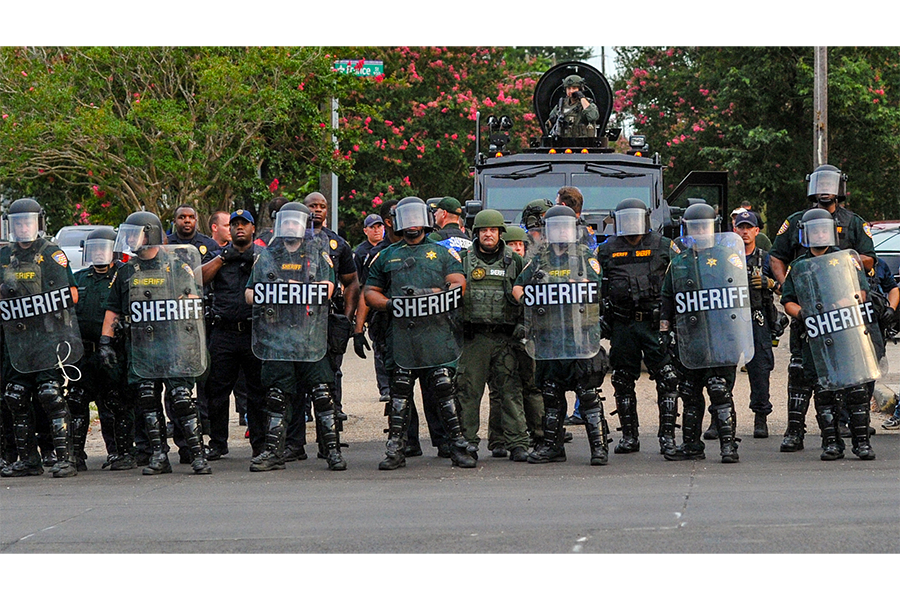Dallas shooting prompts national change in police tactics
Loading...
The mass shooting at a Black Lives Matter rally in Dallas last week has prompted nearly half of America's 30 biggest police departments to order their officers to pair up, according to a survey conducted by Reuters.
The attack, which left five officers dead, making it the deadliest assault on US law enforcement since 9/11, marked a new kind of danger for police and caused many departments to begin rethinking their safety strategies.
The most common and immediate change is the doubling up of officers, a practice thirteen of the 30 largest departments have now adopted.
In Washington, D.C., the order to pair up was issued just hours after the shooting.
"Looking at the type of attack that happened in Dallas, a two-man car, a four-man car, a 10-man car, isn't going to make much of a difference," Police Chief Cathy L. Lanier told The Washington Post. "But it makes the officers feel much safer."
For smaller departments, however, pairing up officers may not be a realistic solution in the long run. It's a "resource-intense approach and it will be a significant challenge for some police departments to sustain that strategy for very long," Thomas Manger, president of the Major Cities Chiefs Association (MCCA), which represents police chiefs from cities across the country, told Reuters.
Many large cities are considering additional measures beyond just pairing up officers, while trying to find a balance between increasing officer safety and maintaining a positive relationship with the communities they serve.
In a letter published in the Denver Post, Denver's police union requested that its officers wear riot gear for local protests and be armed with AR-15 assault rifles while patrolling Denver International Airport. But the idea was rejected by local police officials, who said they didn't want to send the wrong image.
"You want to do your best to not do anything that will ramp up emotional responses," Nick Metz, the police chief of Aurora, Colo., told the Denver Post. "We don’t want to be the spark to the flames."
An Indianapolis police spokesperson said the department is now considering the future use of robots to deliver lethal force, a controversial tactic used for the first time Thursday when Dallas police used a robot to deliver and detonate explosives, killing the gunman.
Over the longer term, police across the country will likely increase surveillance and expand their security presence at major events, Mr. Manger predicted.
"This will cause complaints about violating people's constitutional rights to free assembly, but it is the only way to guarantee safety," he said.
Amping up security may prove challenging for many departments, as 90 percent of America's 18,000 police forces have fewer than 50 officers, according to Chuck Wexler, executive director of the Police Executive Research Forum, a law enforcement policy group. In these municipalities, Mr. Wexler says, the best way to reduce mass shooting deaths is for law enforcement to gain the trust of local communities so that people will come forward and help prevent such attacks.
This report contains material from Reuters.








